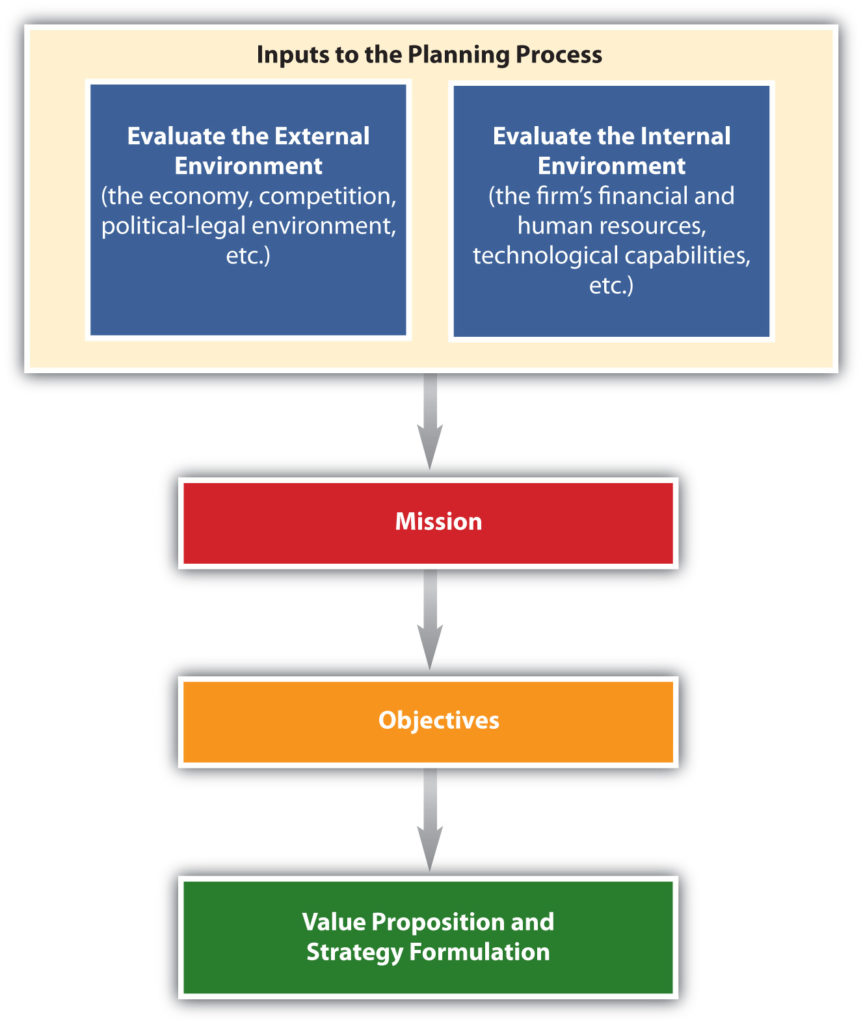When developing marketing plans, firms should consider their competition’s strengths, weaknesses, and market positioning. Analyzing competitor strategies can provide valuable insights for gaining a competitive edge in the market.
Understanding the competitive landscape is crucial as it helps identify opportunities and threats, allowing firms to adjust their marketing tactics accordingly. By conducting thorough competitor research, firms can tailor their marketing plans to capitalize on market gaps and differentiate themselves effectively.
This proactive approach enables firms to stay ahead of the competition and better meet the needs of their target audience. A comprehensive analysis of competitors can guide firms in making informed decisions that drive successful marketing campaigns.
Market Analysis
When developing marketing plans, it’s crucial for a firm to conduct a market analysis that thoroughly considers their competition. This entails identifying the key players in the market and evaluating their strengths and weaknesses. By understanding the competitive landscape, a firm can strategize more effectively and position themselves for success.

Credit: www.relevantinsights.com
Competitive Advantages
When developing marketing plans, a firm should consider their competition to gain a competitive advantage. Recognizing unique selling points allows a company to highlight what sets them apart. Leveraging strengths enables the firm to capitalize on areas where they outperform competitors. Mitigating weaknesses helps in minimizing vulnerabilities and staying competitive in the market.
Customer Insights
When developing marketing plans, a firm must carefully consider their competition to gain a competitive advantage in the market. One important aspect to analyze is customer insights, which involves understanding customer preferences and analyzing buying patterns.
By deeply understanding customer preferences, a firm can tailor its marketing strategies to meet the specific needs and wants of its target audience. This can be achieved through market research techniques, such as surveys, focus groups, and interviews, to gather valuable data on customer preferences, likes, and dislikes.
Furthermore, analyzing buying patterns provides insights into customer behavior and decision-making processes. By tracking and analyzing customer purchasing habits, a firm can identify trends, preferences, and pain points that can be used to refine marketing strategies and create targeted campaigns to attract and retain customers.
Product And Pricing Strategies
Differentiating Products: Firms must focus on product innovation to stand out from competition.
Determining Competitive Pricing: Analyzing competitors’ prices is essential for setting competitive pricing
Promotional Tactics
When developing marketing plans, a firm should carefully analyze their competition’s promotional tactics. By studying competitors’ marketing campaigns, the firm can gain insights into the strategies that have been effective in the market. With this information, the firm can develop compelling messaging that not only differentiates them from their competition but also resonates with their target audience. Understanding the promotional tactics of competitors allows a firm to identify gaps in the market and find unique ways to position their own offerings. It also enables them to anticipate potential responses from competitors and adapt their marketing plans accordingly.

Credit: opentext.wsu.edu
Distribution Channels
When developing marketing plans, a firm should consider their competition’s distribution channels. Assessing competitors’ distribution methods helps identify new channel opportunities. It’s crucial to analyze how rivals reach consumers and whether there are untapped avenues for a firm’s products or services. This evaluation assists in making informed decisions about distribution, ultimately giving a firm a competitive edge. By being aware of competitors’ strategies, a firm can adapt and innovate distribution channels, establishing a stronger market presence.
:max_bytes(150000):strip_icc()/Term-b-business-plan-70c26342d5374095b3cd7e860d016168.jpg)
Credit: www.investopedia.com
Frequently Asked Questions For When Developing Marketing Plans, What Should A Firm Consider About Their Competition?
When Developing Marketing Plans What Should A Firm Consider?
When developing marketing plans, a firm should consider various factors such as target audience, market research, competition analysis, budget allocation, and goal setting. These considerations are crucial in creating effective strategies to reach and engage with the desired customers, and ultimately drive business growth.
What Must Marketers Understand About Their Competition?
Marketers must understand the strengths, weaknesses, strategies, and market positioning of their competition to stay competitive.
Which Type Of Competition Is Most Important To Marketers?
The type of competition most important to marketers is competitive competition, which helps drive innovation and strategic differentiation.
What Is The First Thing A Company Does When Analyzing Competitors?
The first step when analyzing competitors involves identifying and gathering information about them, such as their products, marketing strategies, pricing, and target audience. This helps companies understand their competitive landscape and make informed decisions to stay ahead in the market.
What Role Does Competitor Analysis Play In Marketing Planning?
Competitor analysis helps firms understand competitive strengths, weaknesses, and opportunities, guiding strategic decisions.
Conclusion
To develop effective marketing plans, it is crucial for firms to thoroughly analyze their competition. By understanding their competitors’ strategies, target audience, strengths, and weaknesses, firms gain valuable insights that can shape their own marketing tactics. This knowledge allows them to differentiate themselves, identify opportunities, and make informed decisions that elevate their business in a competitive market.
Keep in mind that staying up-to-date with industry trends and continuously monitoring the competition are essential to maintaining a competitive advantage.











